Comparison review originally published in the Road & Track Performance Cars 1991; republished by author
Some people might not consider the Isuzu Impulse RS versus the Toyota Celica All-Trac Turbo a fair match, putting a 160-bhp car up against a 200-bhp rival costing half again as much. But check the specifications: Both are sports coupes with 4-cylinder 16-valve engines, both are turbocharged and have intercoolers, both have all-wheel drive. In truth, this is almost a movie cliché: Mr. Smooth versus The Kid, the champion and the challenger. Reginald meets Butch. You name it. We’re talking the same sport but contrasting players, silk shorts and fancy running shoes against gym clothes and a pair of old sneakers.
The Toyota is the senior of the two, already in the second year of its second generation, having made its debut in 1987 and restyled and reworked along with the entire Celica line in 1990. It shares the wide-body styling with the front-drive Celica GT-S but with a deeper front spoiler and a hood scoop for the intercooler that differentiates it from its lesser sib. It comes only as a lift back and has a sweeping rear wing that wraps around from the sides, matching the overall rococo Celica shape. Love the styling or loathe it, is distinctive and, particularly with the wide stance GT-S and All-Trac, a mature, refined and holistic form.
The new kid on the block is the Isuzu Impulse RS, new for 1991 in homegrown styling that’s a step back from the Ital Design togs of the first generation, which had a noticeable Mediterranean flair. The new shape is boy racer, despite a subtle rear spoiler that’s really no more than an ad-on lip. The retractable half-lids over the headlights are at worst a gimmick and, though the idea worked on the Alfa Romeo Montréal, the gee-whiz profile defeats the trick here. The NACA group is functional, feeding the intercooler, but the overall first impression is just another budget-buy pseudo-racer.
Well, don’t you feel the arrogance in Reggie’s camp? Under the Celica’s hood is a transverse 2.0-liter, 200-horse, twin cam, twin-entry turbo (an alliteration major, for sure) four-cylinder engine. There’s 200 lb-ft of torque, too, topping at 3200 rpm. The power peaks at 6000 rpm, and it’s another 1300 rpm to redline, providing a remarkably wide spread of usable engine speed. The quick-spooling turbo virtually eliminates lag, though serious boost doesn’t seem to come in until 3000 rpm.
The Impulse, on the other hand, also has a twin cam in-line-four set across the front end, but only 1.6 liters to make 160 bhp and 150 lb-ft of torque. And it has to spin faster to make it happen, with power and torque peaks at 6600 and 4800 rpm, respectively. One trick for torque it has, however, is throttle plates and intake that close one port per cylinder at low rpm to help combustion chamber with its air-fueled diet. Redline is 7200 rpm. Both cars come with five-speed manual transmissions only (dilettantes did not apply) and torque distribution front and rear is handled via viscous central differentials. The center differential in the Impulse divides torque between the front and rear on a 43/47 split, the Toyota dividing it 50/50. Kid Isuzu adds a viscous rear differential for added traction, while the Celica relies on a conventional open differential.
Though both cars have 15-inch diameter aluminum wheels, the Celica All-Trac benefits from wider rims and tires, 6.5 versus 6.0 and 215/50 versus 205/50. And though both have 4-wheel disc brakes, the front vented, the Celica’s are bigger, 10.9-in diameter compared to 9.7 in front and 11.3 – 10.1 at the rear. ABS is optional on both cars.
The Celica’s heavier equipment, however, must deal with a heftier car. Curb weight of the impulse RS is 2730, a full 540 pounds less than the Toyota. The Celica is also longer and wider, but the impulse is 2-in. taller.
Inside, the impulse actually measures 2-in wider at the shoulders, though the cabins of both cars are reasonably spacious cocoons – for front seat passengers. The back seats, however, are rated G, tolerated only to the same extent the occupants would enjoy a Care Bears movie. Trunk space is limited as well. The Celica gets the nod for being the roomier of the two, but if you want to carry a spare blade for your razor, you have to lower the rear seatback on either car. Which is okay because, considering that back seat, you won’t be doing any four-person touring in either anyway. The Celica has a bit more cargo space with the seatback down, but if you’re really worried about that, you’re looking at the wrong cars here.
Both cars carry their curvilinear exterior themes to the inside as well. The Toyota is positively ovoid while the Isuzu is more organic. The doors, in particular, look like the root structure of some strange petrochem tree. The Isuzu’s dash is a concave semicircular suite, upon which is added a large pod for the full complement of instruments on the driver’s side. The feel of the minor switchgear is good, but the plastic used for interior decorating looks and feels, well, “plastic-y,” and mold lines show, giving a feeling of cheapness. The Toyota’s interior looks richer in comparison, with the look of more money, time and experience. Again, the gauges are pod-mounted but on a more conventionally shaped dash.
The Impulse and Celica both have well-bolstered and multi-adjustable driver’s seats, which is good, because both of these cars are cornering fools with more grip than an octopus tagteam wrestling patch. Both cars have all-struts multiLink suspension, with the rear suspensions completely changed from their front-drive counterparts. Toyota’s is a result of years of learning from experience (remember the first Celicas?).
Isuzu sought out an experienced and respected mentor, going to England for the coaching of Lotus PLC. Lotus not only calibrated spring, shock and anti-rollbar rates, but fine-tuned the bushings as well. At the rear, the lateral link bushings have been individually selected and the links located to cause the rear wheels to turn out when a turn is initiated, sharpening the turn-in at the front. As the turn progresses and body roll occurs, the rear wheels steer in, increasing cornering ability.
The result, for both cars, is more bite than a piranha just home from the orthodontist, but with a significant difference in style. The Celica All-Trac, Mr. Smooth to the core, prefers you to behave accordingly. On black diamond roads, scribe a smooth arc in a surgically precise line, and the All-Trac will take irregularities in stride like an Olympic hurdler. The Impulse is more impulsive, more pitchable, changing directions like a broken field runner with Velcro cleats. The Toyota has a noticeably wider spread of power, the Isuzu engine with plenty of kick but the subtlety of a 125-cc motocrosser, demanding an attentive hand on the shifter and eye on the tach.
Back roads are the natural habitat of this all-wheel-drive duo, and asking them to cruise the highway or plod about town is like asking Carl Lewis to run to the store for a gallon of milk. Either automobile easily performs mundane tasks, but it’s a waste of talent. But so pressed, the Toyota will perform with more aplomb. The engine is smoother than a tuxedo’s lapel, and ride and low-speed handling perfectly applicable to domestic use. The Isuzu’s engine, on the other hand, is buzzy and sends vibrations through the pedals that would untie the laces in your sneakers in 50 miles of Interstate. A short final drive puts revs at 65 mph in the low 3000s, and you feel everyone. And the Isuzu’s Lotus-tuned suspension, ideal for cornering, is less stable than the Toyota: The Impulse demands your constant attention.
Choosing a winner between the two is more a matter of style than substance. The Celica All-Trac has all the right moves in a sophistication far beyond most of its sports coupe competitors. But so is the ticket price the Impulse RS, however, exhibits big leagues technology at a sandlot price. Which in my record book makes both of them winners.
Addendum: Just 800 of the Izuzu Impulse RS were built, with 600 for the US and the rest for Canada. Only about 130 are staid to have survived , which is actually pretty good, considering its based on a basically disposable econocoupe that likely lived hard lives as they aged into used car status. The original MSRP was $14,849. More on the Impulse RS: Motor Trend in 2014 and with a lot of pictures, at Bring a Trailer, where one sold for $8,900.
The 1991 Toyota Celica All-Trac Turbo had a list price of $21,408. Over the four-year production run of the second generation All-Trac Turbo, Toyota imported by year, 1990—-803; 1991—-591; 1992—-271; 1993—-81; Total–1,746. A 1990 Celica All-Trac Turbo sold on Bring a Trailer for only $5,900!
The original photography for this article in Road & Track Performance Cars was by John Lamm.








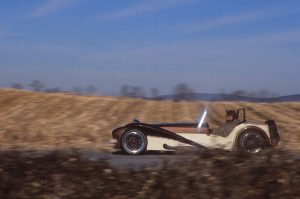
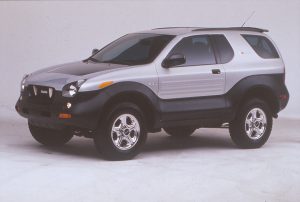
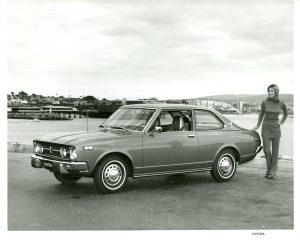
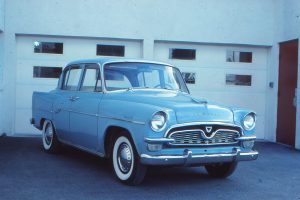
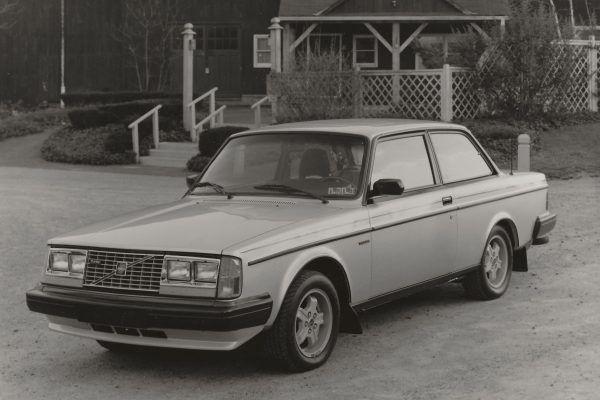
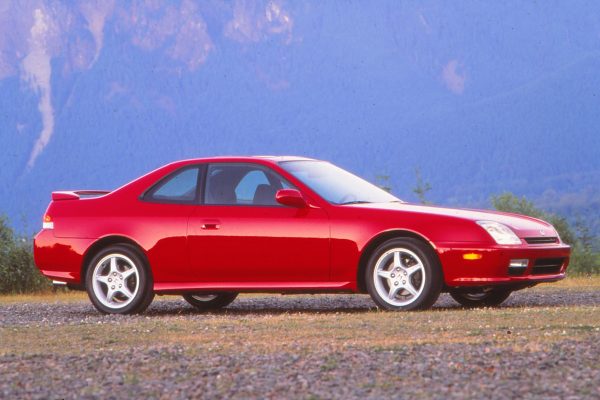
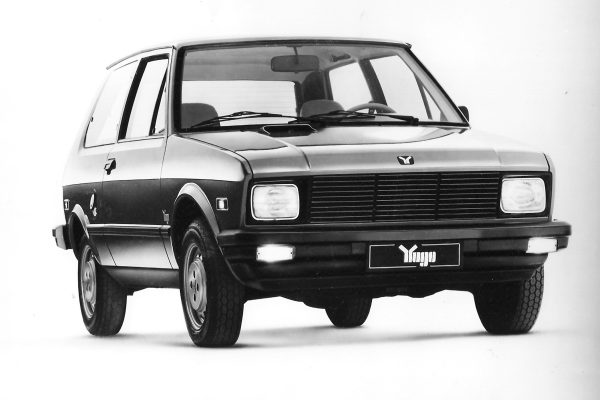
What Do You Think?
You must be logged in to post a comment.